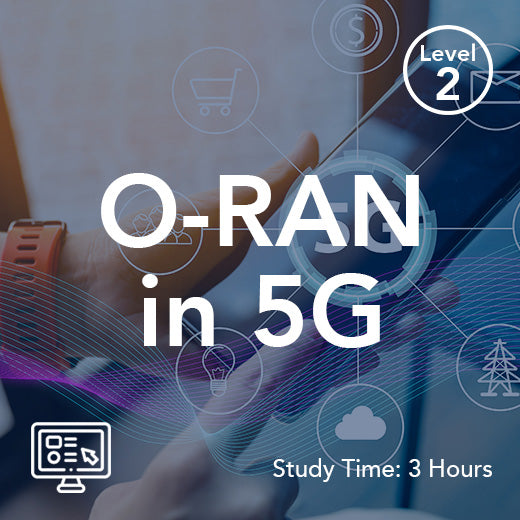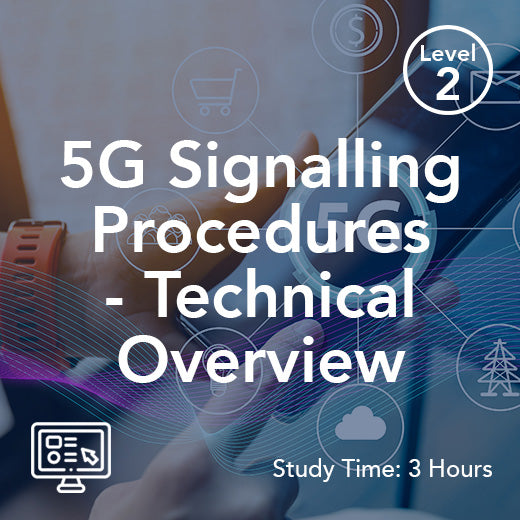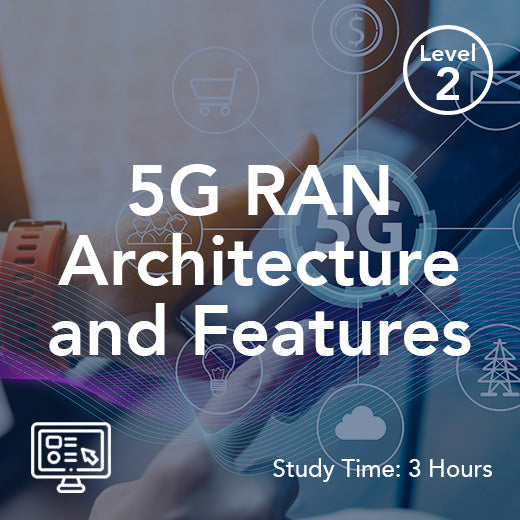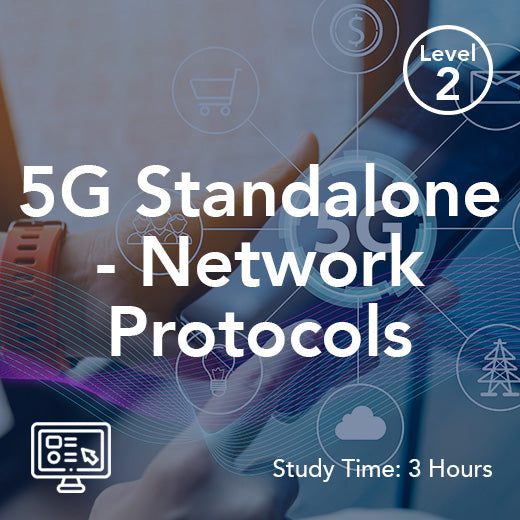Capire la rete G: una guida completa per tutti
- , di Stephanie Burrell
- 10 tempo di lettura minimo
Mentre la tecnologia continua a plasmare il nostro mondo, la rete G è all'avanguardia in questi progressi nella tecnologia in fibra ottica, offrendo una connettività più veloce e affidabile che mai. Questa rete all'avanguardia promette di rivoluzionare il modo in cui interagiamo con i dispositivi, accediamo alle informazioni e comunichiamo tra noi, influenzando vari aspetti della vita quotidiana. Con il suo potenziale di migliorare tutto, dalla navigazione mobile ai sistemi per la casa intelligente, comprendere la rete G è fondamentale per chiunque desideri stare al passo con la tecnologia moderna. In questa guida, sveleremo la rete G, esplorandone le caratteristiche, i vantaggi e gli effetti trasformativi che è destinata ad avere sulla società. Che siate appassionati di tecnologia o semplicemente curiosi, questa panoramica completa vi fornirà tutte le conoscenze necessarie per orientarvi nel futuro della connettività.
Introduzione alla rete G
La rete G rappresenta un progresso rivoluzionario nel campo delle telecomunicazioni, offrendo agli utenti un provider affidabile e rappresentando il prossimo passo nella connettività digitale. Per comprenderne le complessità è necessario approfondire le definizioni di base, il contesto storico e il ruolo significativo che riveste negli attuali ecosistemi tecnologici.
Cos'è la rete G?
La rete G , spesso definita la prossima generazione della comunicazione mobile, è un sistema completo che integra diverse tecnologie, tra cui una soluzione interamente in fibra ottica, per offrire una connettività affidabile e ad alta velocità. Include una serie di innovazioni, tra cui migliori capacità di trasferimento dati, minore latenza e maggiore affidabilità della rete.
Utilizzando infrastrutture avanzate, come small cells e massive MIMO (Multiple Input, Multiple Output), la rete G gestisce in modo efficiente i dati per supportare le applicazioni moderne, migliorando la velocità di download. Ciò garantisce un'esperienza fluida su tutti i dispositivi, dagli smartphone ai dispositivi IoT.
Inoltre, l'architettura della rete G consente di gestire l'aumento del traffico, garantendo agli utenti interruzioni minime. Di conseguenza, supporta la crescente necessità di connettività in vari settori, tra cui sanità, istruzione e trasporti.
Storia della rete G
L'evoluzione della rete G è stata plasmata da decenni di progresso tecnologico, per soddisfare le esigenze dei clienti. Inizialmente, le reti mobili erano limitate ai servizi vocali di base, ma ogni generazione ha introdotto progressi significativi in termini di velocità e funzionalità.
Dai servizi vocali analogici dell'1G alle capacità digitali del 2G, il percorso è proseguito con l'introduzione dell'internet mobile con il 3G e dei trasferimenti dati ad alta velocità con il 4G. Ogni progresso ha gettato le basi per le capacità complete della rete G.
Oggi, la rete G si basa su queste fondamenta, offrendo un balzo in avanti grazie alla sua capacità di supportare applicazioni ad alta larghezza di banda. Il suo sviluppo riflette la continua spinta a soddisfare la domanda dei consumatori di connessioni più veloci e affidabili.
Importanza nella tecnologia moderna
La rete G svolge un ruolo fondamentale nella tecnologia moderna, fungendo da catalizzatore per l'innovazione. Le sue capacità consentono la realizzazione di nuove applicazioni e servizi precedentemente irraggiungibili a causa di vincoli tecnologici.
Una connettività avanzata supporta la proliferazione di dispositivi intelligenti, trasformando case e luoghi di lavoro in ecosistemi interconnessi. Questa rete facilita la comunicazione in tempo reale, essenziale per applicazioni come la chirurgia a distanza e i veicoli autonomi.
Inoltre, la capacità della rete G di gestire grandi volumi di dati è fondamentale per l'analisi dei big data e le applicazioni di intelligenza artificiale. Poiché i settori industriali si affidano sempre più a insight basati sui dati, la rete garantisce un flusso di informazioni fluido ed efficiente.
Come funziona la rete G
Comprendere il funzionamento della rete G è essenziale per coglierne appieno il potenziale. Esaminandone i componenti principali, i meccanismi del flusso di dati e i principali attori del settore, possiamo comprendere la complessità del suo funzionamento.
Componenti principali spiegati
La rete G è composta da diversi componenti fondamentali che interagiscono per garantire le sue funzionalità. Questi componenti includono:
Stazioni base : sono fondamentali per la trasmissione dei segnali e la gestione del flusso di dati tra i dispositivi.
Network Core : è responsabile dell'instradamento dei dati e della gestione delle funzioni di rete, garantendo il corretto funzionamento.
Piccole celle e antenne : migliorano la copertura e la capacità, consentendo alla rete di gestire elevati volumi di traffico.
Ogni elemento svolge un ruolo specifico nel mantenimento dell'efficienza e dell'affidabilità della rete, garantendo agli utenti il vantaggio di una connettività ininterrotta.
Come viaggiano i dati nella rete G
La trasmissione dei dati nella rete G segue un processo sofisticato, progettato per ottimizzare velocità e affidabilità. Ecco una ripartizione semplificata :
I dati vengono generati dai dispositivi degli utenti e trasmessi alla stazione base più vicina.
La stazione base invia i dati al core della rete, dove vengono elaborati e instradati verso la destinazione.
Una volta raggiunto l'obiettivo, i dati vengono ritrasmessi tramite la rete al dispositivo dell'utente.
Questo processo viene ripetuto milioni di volte al secondo, dimostrando la capacità della rete di gestire grandi quantità di dati simultaneamente.
Attori chiave nella rete G
Diversi attori chiave contribuiscono allo sviluppo e all'implementazione della rete G. Tra questi:
Aziende di telecomunicazioni : costruiscono e mantengono l'infrastruttura necessaria a supportare la rete.
Produttori di dispositivi : producono dispositivi compatibili che sfruttano le capacità della rete.
Enti di regolamentazione : garantiscono che la rete operi secondo linee guida stabilite per proteggere gli utenti e garantire una concorrenza leale.
Ogni entità svolge un ruolo fondamentale nell'evoluzione della rete, garantendo che soddisfi le esigenze dei consumatori e del settore.
Vantaggi della rete G
La rete G offre numerosi vantaggi che vanno oltre la semplice connessione internet ad alta velocità, rendendola una risorsa utile per molti. Dalla connettività migliorata agli effetti trasformativi sulla vita quotidiana, i suoi vantaggi sono di vasta portata.
Connettività e velocità migliorate
La connettività e la velocità migliorate della rete G la distinguono dalle generazioni precedenti. La sua capacità di fornire un rapido trasferimento dati consente esperienze di streaming, gaming e navigazione senza interruzioni.
Download ad alta velocità : gli utenti possono scaricare file di grandi dimensioni in pochi secondi, riducendo i tempi di attesa e aumentando la produttività.
Bassa latenza : i tempi di ritardo ridotti della rete consentono applicazioni in tempo reale, come videoconferenze e giochi online.
Maggiore capacità : il supporto per più dispositivi garantisce che tutti possano connettersi senza compromettere le prestazioni.
Questi miglioramenti garantiscono un'esperienza utente superiore, rendendo la rete G una risorsa preziosa nell'attuale era digitale.
Impatto sulla vita quotidiana
L'impatto della Rete G sulla vita quotidiana è profondo e influenza diversi aspetti del nostro modo di lavorare, imparare e socializzare. Le sue funzionalità consentono:
Lavoro da remoto : una connettività affidabile supporta il telelavoro, garantendo che i dipendenti rimangano produttivi anche fuori dall'ufficio.
Apprendimento digitale : gli studenti possono accedere a risorse online e partecipare a lezioni virtuali, migliorando le opportunità educative.
Connettività sociale : gli strumenti di comunicazione in tempo reale consentono ad amici e familiari di rimanere in contatto indipendentemente dalla distanza.
Questi cambiamenti dimostrano la capacità della rete di plasmare gli stili di vita moderni, offrendo flessibilità e praticità.
Prospettive future e innovazioni
Il futuro della rete G è promettente, con numerose innovazioni all'orizzonte. Con l'evoluzione della tecnologia, la rete continuerà a supportare nuove applicazioni e servizi.
Tra le tendenze emergenti troviamo:
Città intelligenti : una connettività migliorata consentirà alle aree urbane di utilizzare dispositivi IoT per migliorare infrastrutture e servizi.
Realtà virtuale e aumentata : le capacità della rete supporteranno esperienze immersive nei settori del gaming, dell'istruzione e della formazione.
Veicoli autonomi : una comunicazione affidabile tra veicoli e infrastrutture favorirà i progressi nei trasporti.
Queste innovazioni evidenziano il potenziale della rete di rivoluzionare vari settori, favorendo un mondo più connesso.
Sfide e preoccupazioni
Nonostante i suoi vantaggi, la rete G deve affrontare diverse sfide e preoccupazioni che devono essere affrontate per garantirne il successo nell'implementazione.
Problemi di sicurezza e privacy
Sicurezza e privacy sono problematiche significative nella rete G, poiché la maggiore connettività amplia la potenziale superficie di attacco. Tra le problematiche principali rientrano :
Violazioni dei dati : le informazioni sensibili possono essere esposte se non adeguatamente protette.
Attacchi informatici : la complessità della rete la rende un bersaglio per malintenzionati che cercano di interrompere i servizi.
Privacy dell'utente : garantire che i dati degli utenti vengano raccolti e utilizzati in modo responsabile è fondamentale per mantenere la fiducia.
Per affrontare questi problemi sono necessarie misure di sicurezza solide e politiche chiare per salvaguardare le informazioni degli utenti.
Ostacoli infrastrutturali e di distribuzione
Implementazione della rete G L'implementazione della rete G comporta il superamento di vari ostacoli infrastrutturali e di implementazione, tra cui la creazione di piani efficaci. Le sfide includono:
Costi elevati : la costruzione delle infrastrutture necessarie è costosa e richiede investimenti significativi da parte delle parti interessate.
Lacune nella copertura : garantire la copertura delle aree rurali e svantaggiate è essenziale per un'adozione diffusa.
Conformità normativa : orientarsi nel panorama normativo può essere complesso e richiedere il coordinamento con gli enti governativi.
Questi fattori devono essere gestiti in modo efficace per garantire il successo dell'implementazione e dell'adozione della rete.
Rispondere alle preoccupazioni del pubblico
Preoccupazioni pubbliche sulla rete G Le preoccupazioni pubbliche sulla rete G spesso riguardano la salute, l'impatto ambientale, la privacy dei dati e i prezzi. Affrontare queste problematiche è essenziale per l'accettazione e la fiducia.
Problemi di salute : una comunicazione trasparente sulla sicurezza della rete può alleviare i timori legati all'esposizione alle radiofrequenze.
Impatto ambientale : le iniziative volte a ridurre al minimo l'impronta di carbonio della rete possono rispondere alle preoccupazioni ambientali.
Privacy dei dati : politiche chiare e misure di sicurezza solide possono rassicurare gli utenti sulla protezione delle loro informazioni.
Affrontando queste preoccupazioni, le parti interessate possono promuovere la fiducia del pubblico nella rete.
Il futuro della rete G
Guardando al futuro, la Rete G promette di guidare l'innovazione e la connettività su scala globale questo mese. Esplorando le tendenze emergenti e preparandoci al loro impatto, possiamo sfruttarne appieno il potenziale.
Tendenze e tecnologie emergenti
Le tendenze emergenti nella rete G includono progressi in settori come IoT, intelligenza artificiale ed edge computing. Queste tecnologie offrono :
Integrazione IoT : la connettività senza interruzioni supporta un'ampia gamma di dispositivi intelligenti, migliorando l'automazione e l'efficienza.
Applicazioni di intelligenza artificiale : le maggiori capacità di gestione dei dati consentono soluzioni più complesse basate sull'intelligenza artificiale, migliorando i processi decisionali.
Edge Computing : elaborando i dati più vicino alla fonte, la rete riduce la latenza e migliora le prestazioni.
Queste tendenze illustrano il ruolo della rete nel guidare il progresso tecnologico in vari ambiti.
Potenziale impatto globale
Il potenziale impatto globale della G Network Il potenziale impatto globale della G Network è considerevole, offrendo benefici sia alle regioni sviluppate che a quelle in via di sviluppo, quasi come un dono alla società. Tra i principali impatti si annoverano :
Crescita economica : una maggiore connettività può stimolare l'innovazione e la produttività, contribuendo allo sviluppo economico.
Accesso alle informazioni : un migliore accesso a Internet fornisce agli individui conoscenze e risorse, promuovendo il cambiamento sociale.
Collaborazione globale : una comunicazione fluida favorisce la cooperazione internazionale, supportando iniziative nei settori della salute, dell'istruzione e della tutela ambientale.
Questi impatti sottolineano la capacità della rete di trasformare le società in tutto il mondo, promuovendo progresso e prosperità.
Prepararsi per un mondo di rete G
Prepararsi a un mondo basato sulla rete G significa coglierne le opportunità e affrontarne le sfide. Le raccomandazioni per prepararsi includono :
Investire nell'istruzione : fornire agli individui le competenze necessarie per sfruttare efficacemente le nuove tecnologie.
Migliorare l'infrastruttura : garantire che siano presenti reti robuste per supportare la crescente domanda di dati e connettività.
Promuovere la collaborazione : incoraggiare la cooperazione tra le parti interessate per affrontare le sfide e guidare l'innovazione.

































